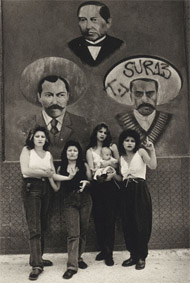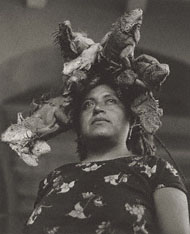
Woh.
Jim Brandenburg's story about his 90 day jouney was nothing short of inspirational.
Woh.
Speaking from the point of view of somebody who has a very short attention span and cannot wake up early, I completly look up to him and his focus and patience and commitment to his project. I loved how he needed work to rejuvinate him from all the working he had been doing. I loved how th epeople that were responsible forover working him in the first place could not help but fall in love with the reason he stopped working for him. How satidfying that must have felt. He had a very wise an experienced point of view to offer. As someone who has litterally seen it all, finding a new way to look at things and to not waste his time on earth. To be driven by an inner passion to find purpose in what you do and not just survival. He took only one frame everyday for 90 days in the fall in a forest outside his home in the North Woods of Minnesota. Visiting there in passing you might not be able to appreciate it as much as he. He was patient and waited for the perfect shot. He walked all over everytrail till he memorized the trees and the shadows.
While learning to take photoraphs I have sloppily just shot anythng and everything hoping that I would be able to get a feel for it, reaching for an understanding of the craft. I love his self control to be able to wait for the one and be so desicive. HE admits to not always being confident that the shot would be good, but an inner will to go on paid off genorously at the end of the 90 day project.
I also loved the bit of the film were he talks about coming home after walking miles for a day and gets his wife to shine a flashlight on the waterfall in there back yard and says sometimes you just have to make the shot. I don't know if that makes it better or warse, but there you go. Sometimes you just have to make the shot.
Lastly one of the things that made a big impression on me about watching the film on Jim Brandenburg was how he was able to make a direct conection between the subject of what he was photographing and the positive impact on saving the subject, which was this natural preserved forest area. That because of his photos he was able to ensure that the forest would stay the way it was untouched be people or abused by people because of the powerful story he was able to tell in the photos. A wide range and large number of people feel compelled to perserve nature and feel a connection to the outdoors through the photos that they might not have had before they saw the photos. I think that is just amazing. That is something I hope to accomplish with my photos. I want to be able to show people the things about themselves they might not see until lookinhg at the photos. I want to be able to change someones point of veiw or behavior for the better by seeing my photos, save life in a sense. It maybe overly ambisious for my first project ever. But like Brandenburg I won't get very far by doubting myself so I may as well try. :) Sounds cheezy, but it is true.







